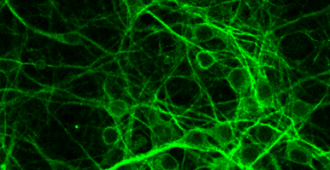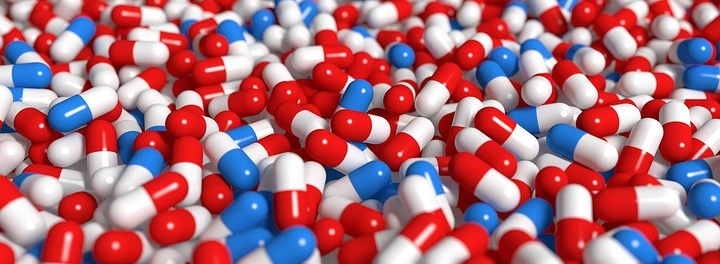Angiogenin was discovered as a cause of MND for a small number of families affected by the inherited form of MND in 2006. Since then, research has been ongoing to better understand the role of angiogenin and to see if we can use this information to develop future treatments.
This week, we learnt of two inter-woven news stories related to angiogenin. One was related to a new biological finding of the vital role that angiogenin plays and the second expands on this work and led to the testing of angiogenin in mice that model MND. Prof Jochen Prehn leads the Irish research group who made these findings from Royal College of Surgeons in Ireland.
Angiogenin to the rescue!
Through their research, the Irish group identified that angiogenin acts as an emergency service call from our motor neurones to support cells. The findings were published in the Journal of Neuroscience and help us to better understand both the biology of angiogenin and how we can use this to develop future treatments for MND.
In essence, the research group outlined the following pathway for how angiogenin works and how it can go wrong:
When motor neurones are in trouble, they send out angiogenin as their ‘999’ call. This ‘call’ is received by our support cells – the neighbouring astrocytes (so called because they are star shaped).
As angiogenin whizzes it’s way between the outside of the motor neurone and the astrocyte, it needs to find a particular ‘door’ to enter. Cells are quite particular as to what they let inside, so no ‘Joe Bloggs’ can simply walk into a cell unless it has permission to pass (the exception being if it’s something really small!).
As angiogenin plays an emergency service role, it has a pass to be led into the astrocyte. Through this study, the research group were able to specify exactly which ‘gatekeepers’ and doors are used by angiogenin to enter the astrocyte.
Once inside the astrocyte, angiogenin goes into the control centre of the cell – the nucleus. Here, it rolls up its sleeves and starts editing copies of (supposedly, emergency service) genes to help the astrocyte to create more supportive proteins. We don’t yet know what these genes are, but it was declared as a next step for the project in the published paper.
In MND cells with mistakes in the angiogenin gene, it’s function as an editor of gene copies doesn’t happen. Angiogenin is still created in the motor neurone, and passes through into the astrocyte, but it’s supportive function isn’t happening.
This study therefore raises the possibility that angiogenin could be developed and tested further as a possible future treatment for MND to help this supportive function continue.
Testing angiogenin in mice
The second angiogenin story relates to a presentation that was given at the recent European Network for the Cure of ALS (ENCALS) meeting in Dublin by Prof Prehn’s group.
As a follow on to their previous work, Prof Prehn’s research group tested the effectiveness of angiogenin as a treatment for MND in mice. These are called pre-clinical studies, and are essential to provide enough evidence to move to human clinical trials.
In a similar move to our Cogane study, the group have identified through a rigorous MND mouse study that angiogenin could be a promising treatment. Overall, they concluded that it prolongs life by 10 days in mice (which is more effective than riluzole), increased the survival rates of motor neurones, and delayed the progression of symptoms when given after symptom onset.
This study will need to be published and verified in another model, or by another lab following preclinical guidelines to ensure that these results are reliable. After that, the next steps would be for human clinical trials to be initiated. This means that angiogenin could start to be tested in humans in the next few years.
In summary…
Together, these studies prove the value in better understanding the causes of MND, even when the genetic mistake may only cause the disease for a small number of families.
Being able to move a biological finding from the laboratory toward the clinic is always encouraging news.
All in all, it’s great news for the first day of our month of optimism!




This (Angiogenin) and Cogane are certainly good news after the recent disappointments (Lithium and Olesoxime) ! Thank again Kelly for the quick response! Is the light at the end of the “treatment” tunnel getting that little bit brighter…? Let’s hope so.